In June 793, a raiding force arrived by boat at the island monastery of Lindisfarne, on the Northumbrian coast. The attack that followed was shockingly brutal. The English cleric Alcuin wrote: ‘Never before has such terror appeared in Britain… Behold, the church of St Cuthbert spattered with the blood of the priests of God, despoiled of all its ornaments.’
It was the first recorded Viking raid on Britain. Many others were to follow, and the image of the axe-wielding raiding party remains the stereotypical view of the Viking horde. The question that this dark, brilliantly written and absorbing book asks is: who were these people and where did all that violence come from? It turns out that behind the Viking façade of fighting, drinking and pillaging, there lies ‘something very different, very old, and very odd’.
In the sixth century, Scandinavian society began to crumble. The cause of this sharp decline was a huge series of volcanic eruptions, which took place in what is now El Salvador between the years 536 and 540. The volcano ejected so much ash that it changed the earth’s climate. Dust blocked out the sun, average temperatures fell and harvests failed. Northern Europe was particularly affected and in the famines and migrations that followed, Scandinavia lost around 50 per cent of its inhabitants.
These tumultuous events became lodged deep in the Scandinavian folk memory. The Norse poets wrote of the ‘mighty winter’, when ‘Black became the sun’s beams/ in the summers that follow’. Another bard, from Finland, asked: ‘What wonder blocks out the moon/ what fog is in the sun’s way/ that the moon gleams not at all/ and the sun shines not at all?’ The idea of the end of the world became central to Norse myth. The final day became known as Ragnarök. It was then that the dead would rise to fight one last annihilating battle, in which the gods and humanity would all perish together.
To accompany this stricken world, Viking culture summoned up an array of strange, very cruel gods. The creation myths of these immortals are absurd, almost surreal — one god was born when his father’s legs mated with each another. Another was created when the parent licked dirty ice and the child god began to grow under the mother’s tongue.
Most famous of the gods was Odin. He was a war god and a killer, whose names included ‘Ghost-Lord’, ‘Ripper’ and ‘Battle Screamer’. He was a liar and a betrayer who, according to myth, ‘would sleep with your wife or, just possibly, your husband’. Odin could speak to the dead and bring hanged men back to life. He could send his mind out to search for news in the form of a raven, and his stallion, Sleipnir, had eight legs. Odin was a serial philanderer. On one occasion, he cheated on his wife, Frigg, with a giantess who gave birth to a son, Thor.
Perhaps the oddest characteristic of all was that these gods made offerings — they themselves practised religion. This suggests something deeper in the history of Viking belief, something now lost. It is not clear that the Vikings knew to whom their gods made these offerings.
The Vikings also believed in the soul and the afterlife, but unlike the Christian view there was no link between how a life was lived and the dead person’s ultimate fate. A good Viking could drown at sea and end up dwelling forever in misery at the bottom of the ocean, destined to rise for the final battle on a vast ship made from the fingernails of the drowned. In contrast, the foulest axe-killer, if he fell in battle, could end up warming himself by the fire in Valhöll (Valhalla).
The Viking world was one of shape-shifters, elves and sorcery. Most terrifying were the Valkyries, those female personifications of the battlefield, with names such as Teeth-Grinder, Killer, Howling and Helmet Clatter. One of the Icelandic sagas says of the Valkyries that ‘looking at them was like gazing into flames’.
This strange set of beliefs may have been complex, but it was also amoral and accepting of the worst kind of brutality. The Vikings conducted human sacrifice, in some cases involving children. They subjected captured women to lives of sexual slavery, and the account given by the Arab historian ibn Fadlan of a Viking funeral he witnessed is almost unbelievable in its depravity. The archaeological record fits his sickening description. Perhaps the horror of the spectacle is why guests at Viking funerals were sometimes known to drink themselves to death.
But this savagery was mixed with an astounding degree of ambition, which was to make the Vikings one of the dominant powers in Europe. They fought their way into Britain, Ireland and France, where they settled down to extorting huge wealth from the terrified population. Vikings had also populated the Faroe Islands, Iceland and Greenland, and had even reached continental America. They also went south, past France, to Muslim Spain, sacking Cádiz, Algeciras and Seville. But two miles south of Seville, one Viking force was ambushed and slaughtered. The dead were hung from Seville’s palm trees. Another Viking fleet went into the Mediterranean, attacked first Morocco, then the Ballearic Islands, before heading further east. One report suggests that they reached Egypt.
Other Scandinavian adventurers took a different route, heading through the river systems of eastern Europe into the Dniepr towards the Black Sea, and from there on to Byzantium, the greatest city on earth. These trading Norsemen became known as the Rus, and they are known to have travelled as far east as Azerbaijan and as far south as Baghdad. They settled in what is now modern Ukraine — the Arabic histories refer to them as al-rusiyyah.
But perhaps the greatest legacy of the Vikings is British. The name Svein Forkbeard is not one that many will recognise. They should. In 1013, he launched a full-scale invasion of Britain. He eventually attacked London, and when the city surrendered Svein became the first Viking king of England.
But an even more profound change was to come. After the battle of Chartres in 911, the French king, Charles the Simple, was forced into negotiations with the invading Viking army. To appease the northerners, he granted them territory, which became known as ‘the land of the Northmen’, or Nordmannia, now known as Normandy. It was the descendants of these Vikings who, in 1066, invaded and subjugated Britain.
The Vikings were an extraordinary people, whose seamanship and commercial guile took them to all parts of the known world — and in the case of the American continent, beyond even that. They iceskated and skied, invented flat-pack construction, left glorious runic inscriptions, built some of the greatest seagoing vessels in history and shaped the map of Europe. But they were also brutal slave-traders and killers, capable of the most horrifying acts.
The powerful and unsettling message of this book is that they never went home. The Vikings stayed in the lands they subjugated. These strange, vicious people are our forebears. They are in us.
Got something to add? Join the discussion and comment below.
Get 10 issues for just $10
Subscribe to The Spectator Australia today for the next 10 magazine issues, plus full online access, for just $10.
You might disagree with half of it, but you’ll enjoy reading all of it. Try your first month for free, then just $2 a week for the remainder of your first year.

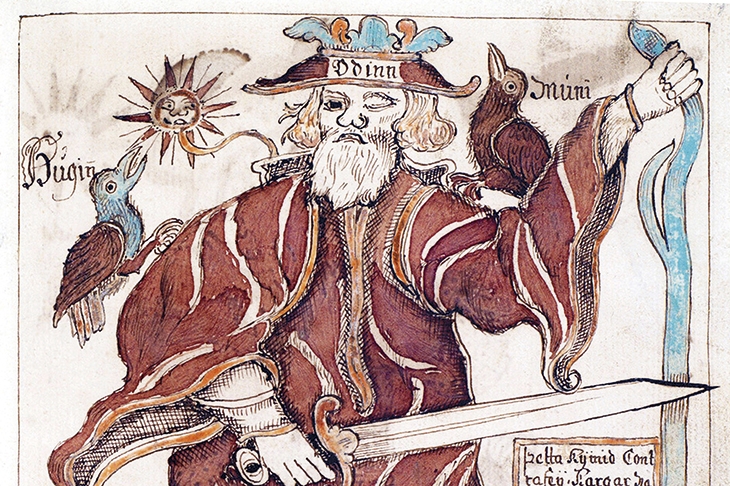
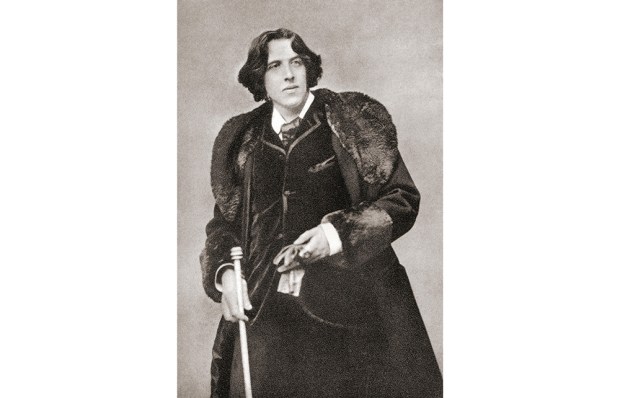

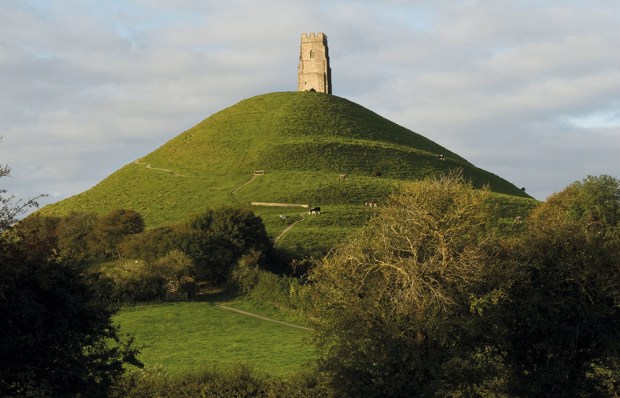
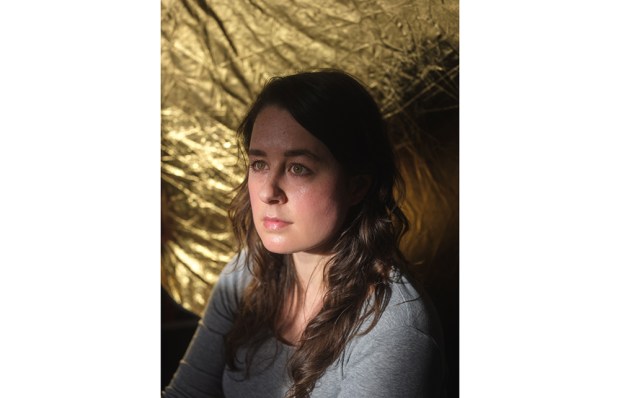

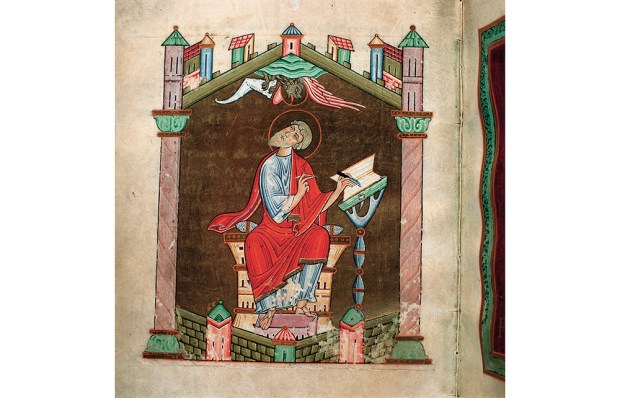






Comments
Don't miss out
Join the conversation with other Spectator Australia readers. Subscribe to leave a comment.
SUBSCRIBEAlready a subscriber? Log in